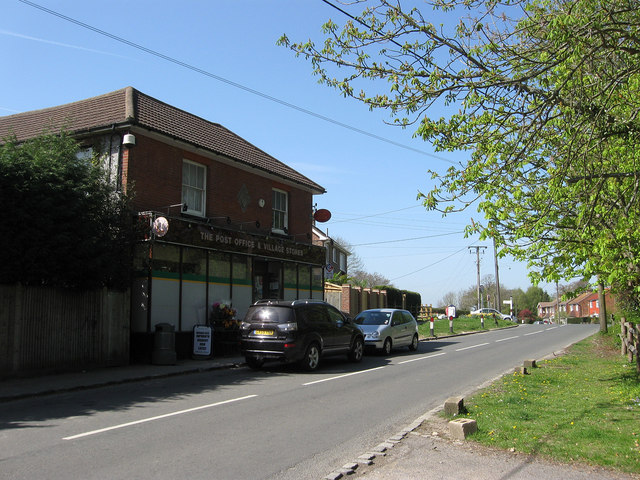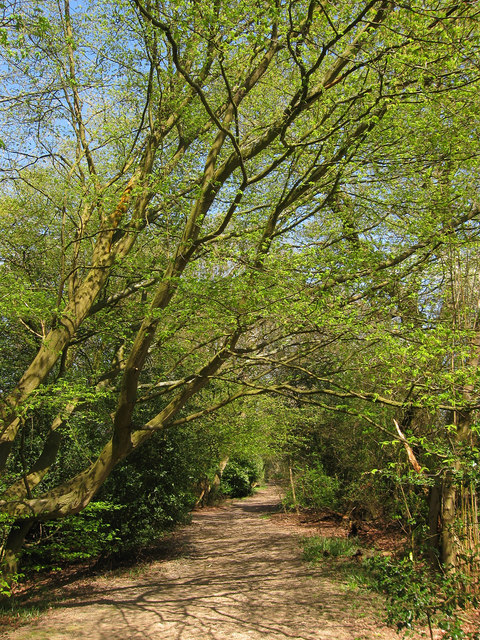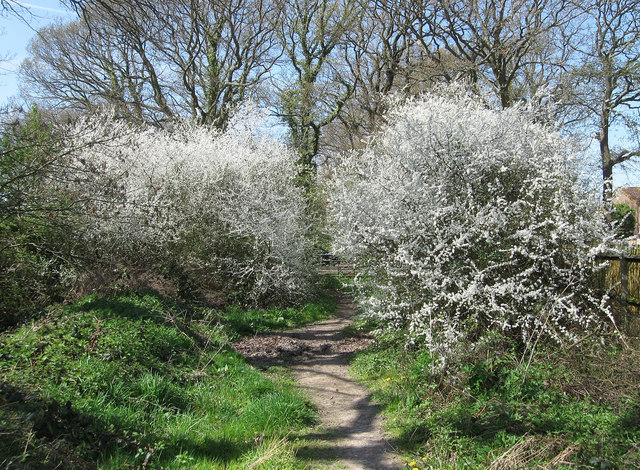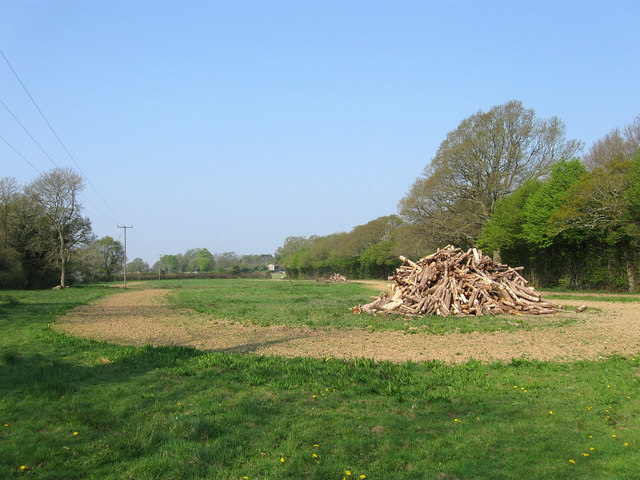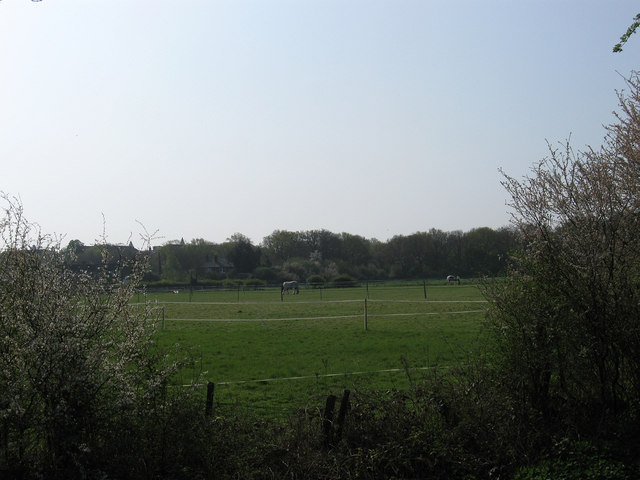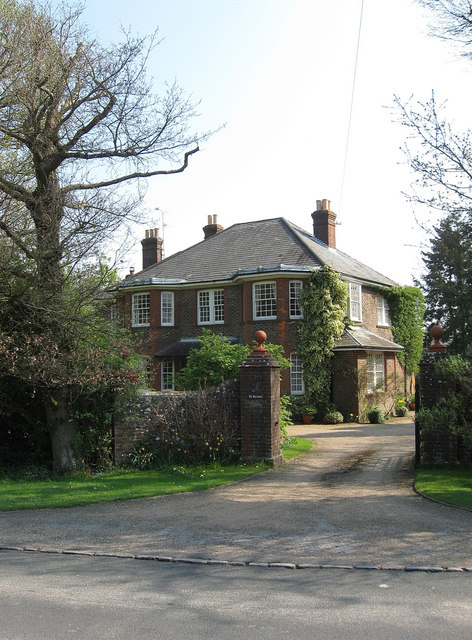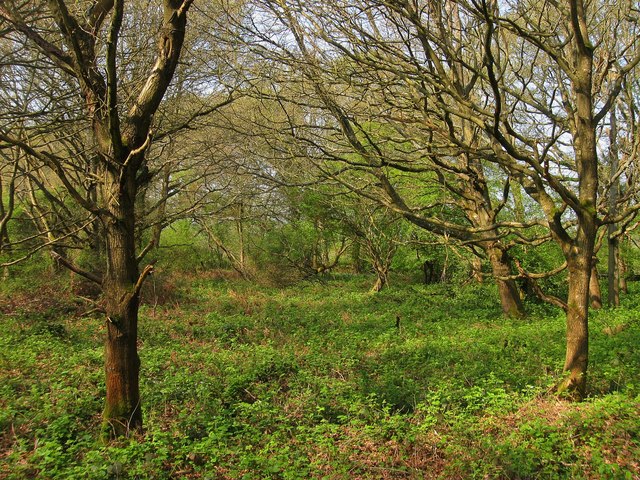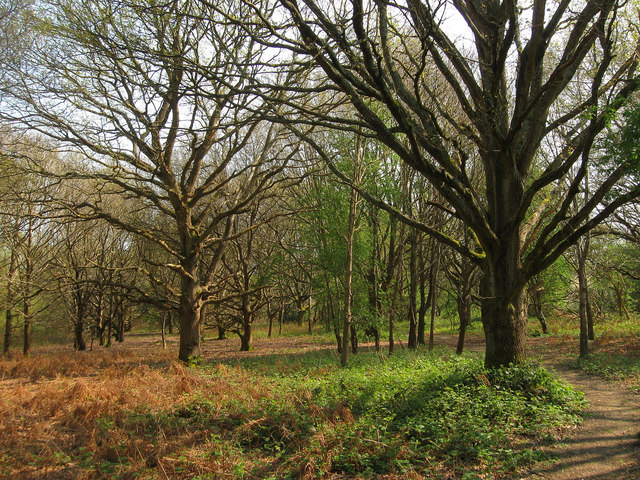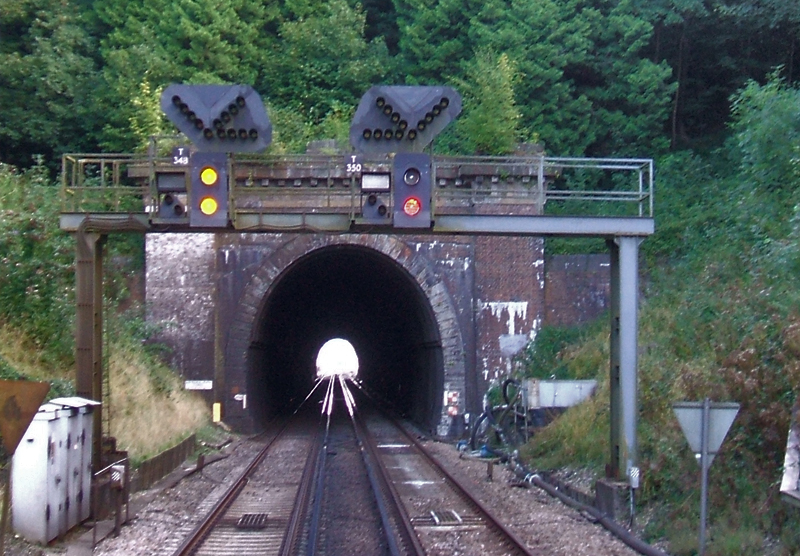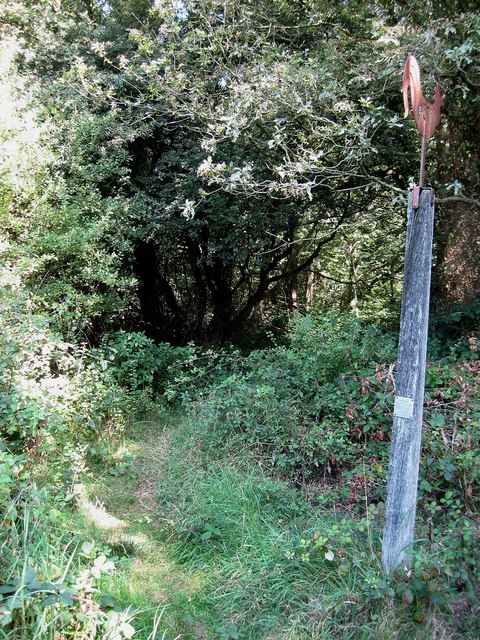Wivelsfield
Civil Parish in Sussex Lewes
England
Wivelsfield
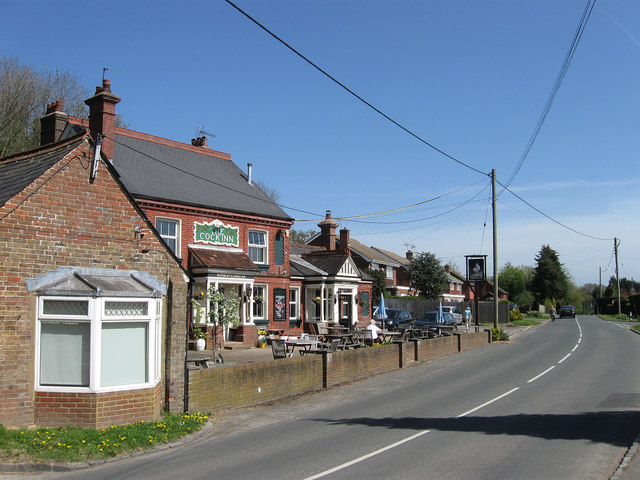
Wivelsfield is a civil parish located in the county of Sussex, in the southern part of England. It is situated approximately 8 miles north of Brighton and Hove, and 3 miles west of Haywards Heath. The parish covers an area of about 3.5 square miles and is home to a population of around 2,000 residents.
The village of Wivelsfield is known for its charming and picturesque rural setting. It is surrounded by rolling hills, green fields, and beautiful countryside, providing a peaceful and idyllic atmosphere. The parish is characterized by a mix of residential areas, farmland, and woodland.
Wivelsfield has a rich history, dating back to at least the Norman period. The village is mentioned in the Domesday Book of 1086, where it is recorded as "Wivelsfelle." Throughout the centuries, it has been an agricultural community, with farming being a significant part of the local economy.
Today, Wivelsfield offers a range of amenities and services for its residents. These include a primary school, a village hall, a church, a post office, and a few local businesses. The village also benefits from its proximity to nearby towns, providing access to further amenities, employment opportunities, and transportation links.
The parish is well-connected in terms of transport, with the A272 road passing through it, providing easy access to surrounding areas. Additionally, Wivelsfield has its own railway station, offering regular train services to Brighton, London, and other cities in the region.
Overall, Wivelsfield is a peaceful and scenic rural parish, providing a desirable place to live for its residents, while still being within reach of larger towns and cities.
If you have any feedback on the listing, please let us know in the comments section below.
Wivelsfield Images
Images are sourced within 2km of 50.971788/-0.082807 or Grid Reference TQ3420. Thanks to Geograph Open Source API. All images are credited.

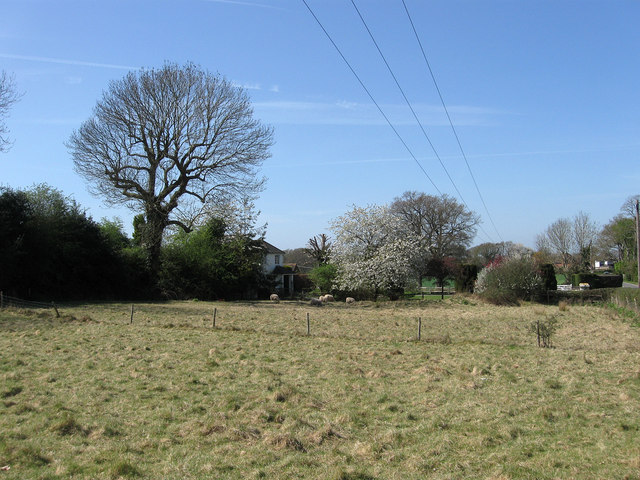
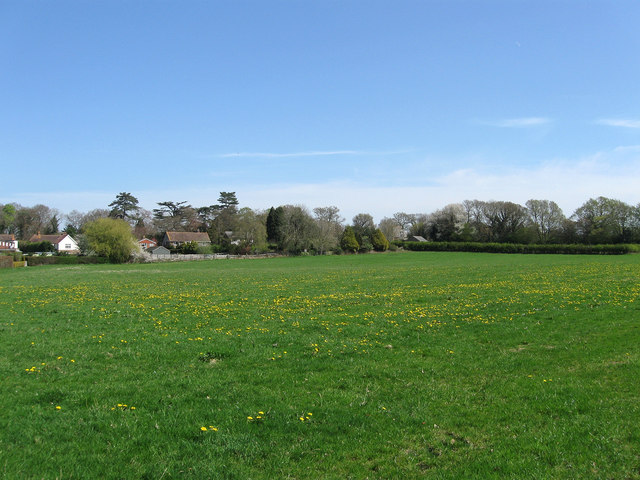
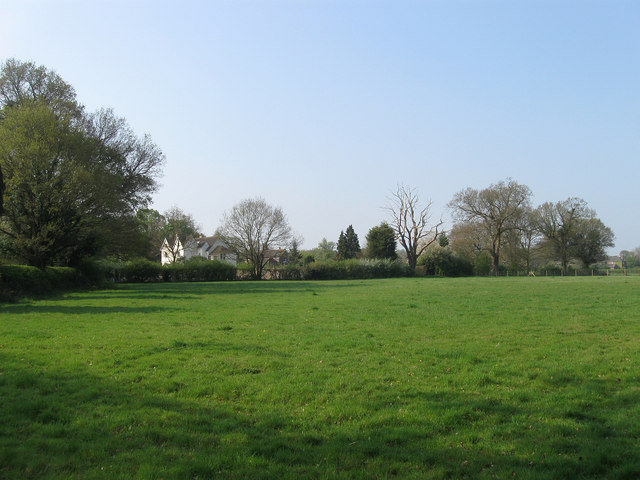

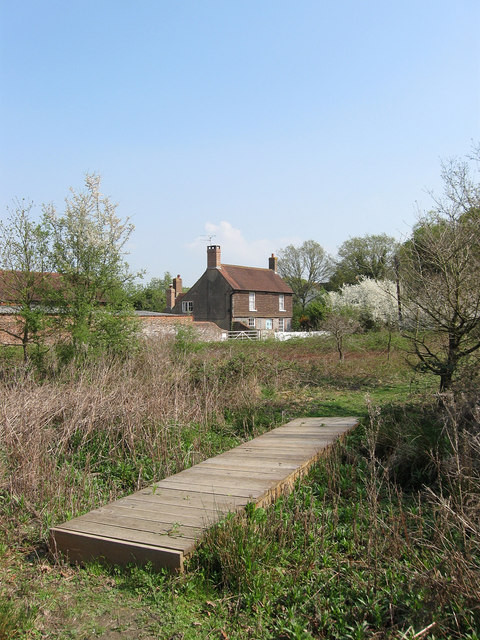
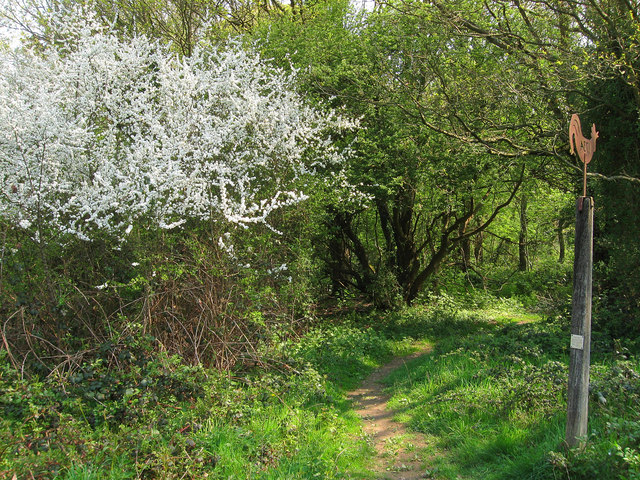
Wivelsfield is located at Grid Ref: TQ3420 (Lat: 50.971788, Lng: -0.082807)
Administrative County: East Sussex
District: Lewes
Police Authority: Sussex
What 3 Words
///fans.bill.curiosity. Near Wivelsfield Green, East Sussex
Nearby Locations
Related Wikis
Wivelsfield
Wivelsfield () village and the larger adjacent village of Wivelsfield Green are the core of the civil parish of Wivelsfield in the Lewes District of East...
Haywards Heath Tunnel
Haywards Heath tunnel, is a railway tunnel on the Brighton Main Line between Haywards Heath and Wivelsfield. It is 264 yards (241 metres) long and is one...
Bethel Strict Baptist Chapel, Wivelsfield
Bethel Baptist Chapel is a Strict Baptist place of worship in the village of Wivelsfield in East Sussex, England. The cause was founded in 1763 by members...
Jacob's Post
Jacob's Post is a post outside the old Royal Oak pub just inside the north of Ditchling Common to the east of Burgess Hill, in Lewes district, East Sussex...
Nearby Amenities
Located within 500m of 50.971788,-0.082807Have you been to Wivelsfield?
Leave your review of Wivelsfield below (or comments, questions and feedback).
